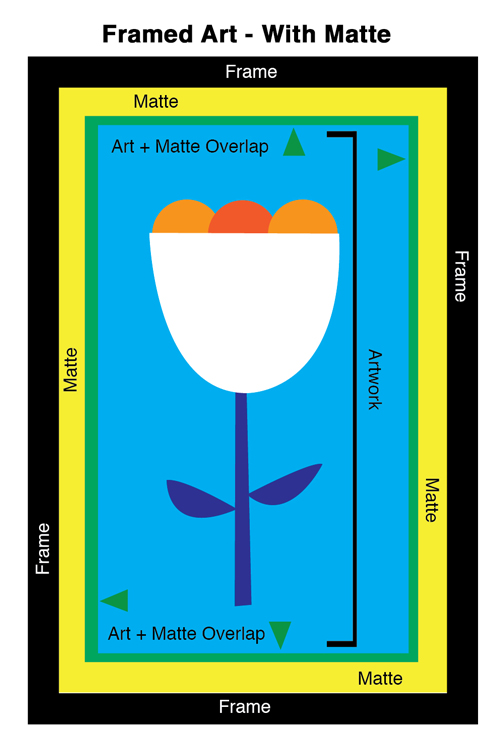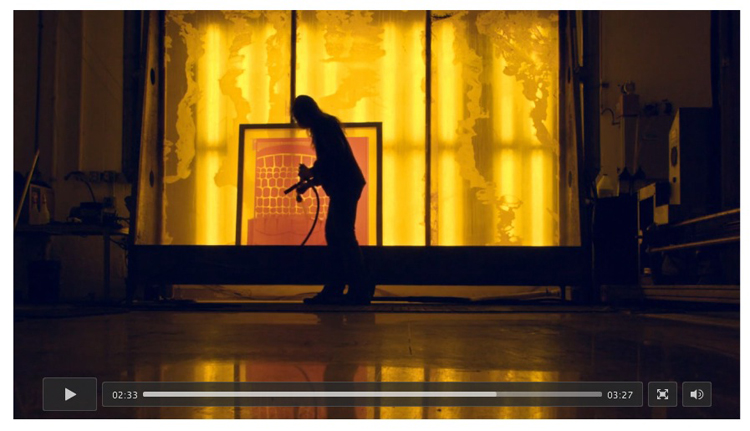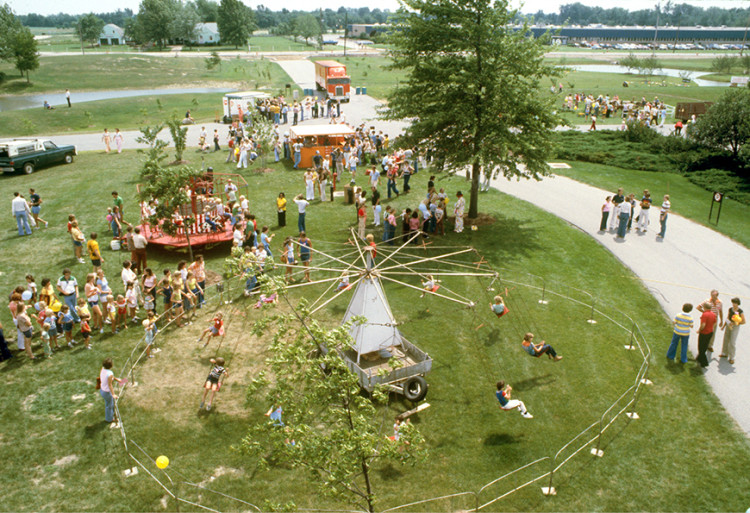Hello there friends!
As promised, we’re dropping a quick announcement that our limited edition 2024 Wall Calendars are here! Available in both our Etsy Shop and website store. Click any images to see more!
We designed our very first limited edition flip Wall Calendars last year for 2023, and not gonna lie, they sold out super dang fast. We even had to sneak in a rush 2nd printing last year to keep up. Even so, they still sold out before the Holidays. Whoa!
Yay! But also? Sad trombones for those who weren’t able to get one for 2023.
GOOD NEWS: We are doing a bit larger of a run this year, hooray! But, do note that this is a limited edition Wall Calendar and we won’t be adding a second print run this year. So when they’re gone? They’re really gone forever.
Our Wall Calendars were a hot friends & family gift item for the Holidays last year and we can’t even begin to tell you how much it means when our art is gifted to loved ones. So much gratitude here for bringing our art into your homes, thank you!
The Details:
- All new art, beautifully printed in vibrant & deliciously saturated full color right here in Pittsburgh, PA.
- Size: A fits-just-about-anywhere 12.5 inches (tall) x 7 inches (wide).
- Each month features a handy list ready for you to customize with fun events and activities. Never forget to take the time to go blueberry picking in July ever again!
- Chock full of illustrated seasonal sweetness for each month of the year.
- Printed on crisp, sturdy, bright white FSC® Certified / SFI® Certified Sourcing / and Rainforest Alliance Certified® Cougar paper.
Being a history nerd, Allison revisited the history of calendars a teeny bit and came across the writer Jean Hersey and her 1967 book The Shape of a Year, thanks to the lovely blog series Lost Ladies of Garden Writing by gardening writer humorist (who knew that was a thing?) Carol Michel. If a memoir of marking out one year via the change of seasons, which birds, insects, & critters come to visit a yard while gardens grow, die back, and grow again appeals? Then this wholesome slice of Mid-Century America is for you too.Pro-tip: Allison’s used book secret treasure trove is AbeBooks.



























